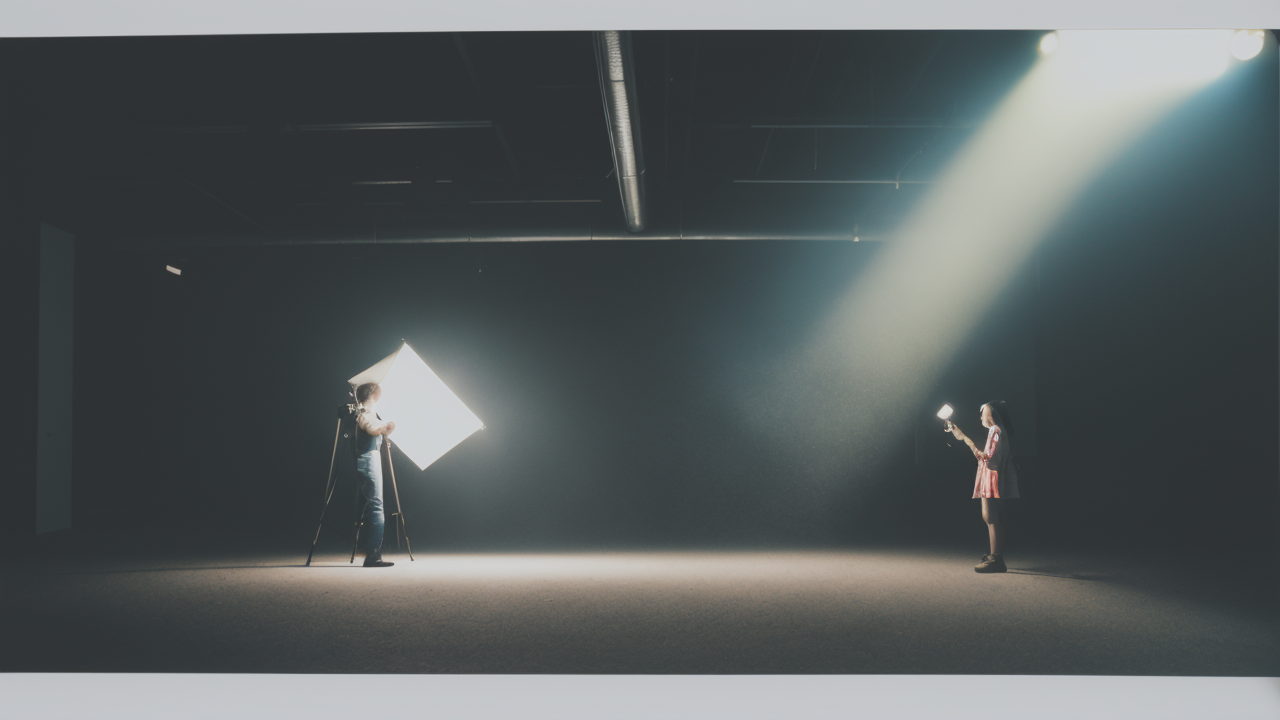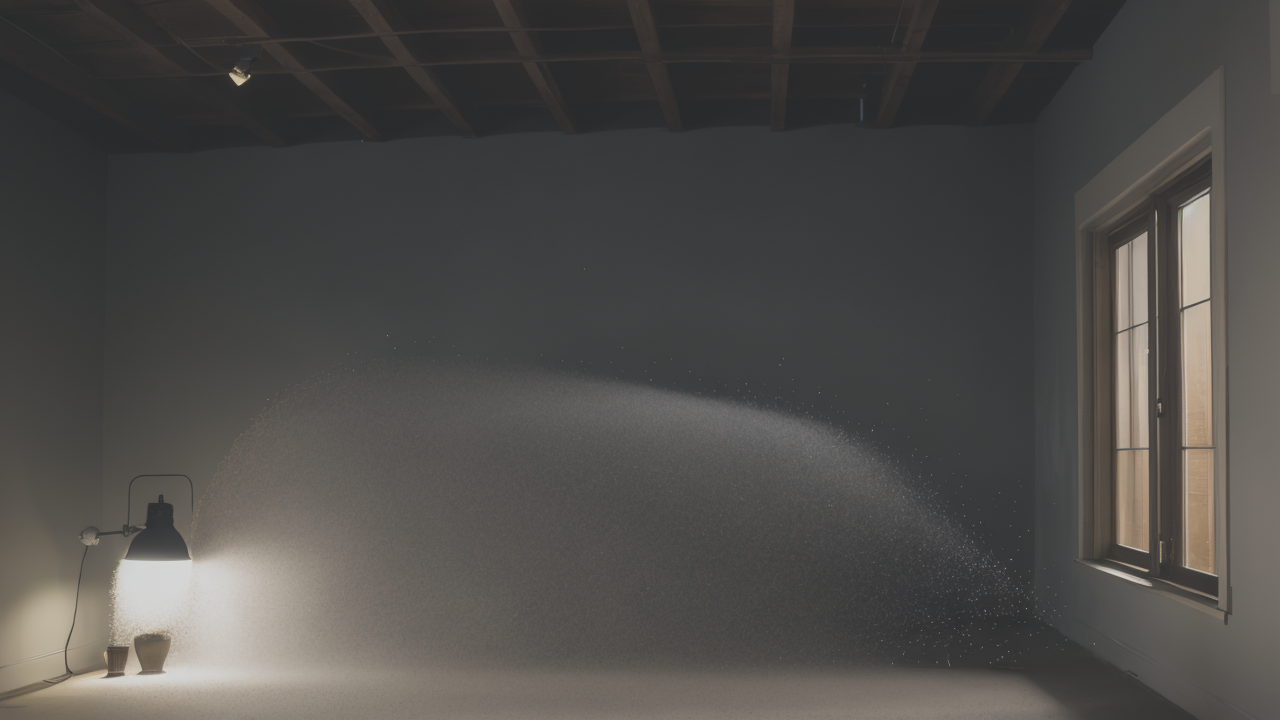
Innovative Approaches to Texture Plaster Art: Insights from Industry Experts
Understanding Texture Plaster Art: Basics and Significance
The Fundamentals of Texture Plaster Art
Texture plaster art is a unique form of wall decoration. It uses plaster to create raised patterns and designs. This art form adds depth and visual interest to surfaces. Artists apply plaster with tools like trowels, brushes, and combs. They can create various textures, from smooth to rough.

The process begins with preparing the wall surface. Next, artists apply a base coat of plaster. While it's still wet, they create textures using different techniques. These may include:
- Swirling patterns with a brush
- Creating raised lines with a comb
- Stamping designs with textured rollers
- Pressing objects into the wet plaster
The final result is a tactile, three-dimensional surface. It can mimic natural textures or create abstract designs. Texture plaster art transforms plain walls into works of art.
The Role of Texture in Enhancing Visual Appeal
Texture plays a crucial role in visual appeal. It adds depth and interest to flat surfaces. In texture plaster art, this effect is amplified. The interplay of light and shadow on textured surfaces creates visual drama.
Texture can evoke different emotions and moods. Rough textures may feel rustic or organic. Smooth textures can appear sleek and modern. By varying texture, artists can create focal points in a room.
Textured walls also have practical benefits. They can hide minor imperfections in wall surfaces. This makes them ideal for older buildings or uneven walls. Texture can also improve room acoustics by reducing echo.
In interior design, texture plaster art adds character to spaces. It can complement or contrast with other design elements. This versatility makes it a popular choice for both homes and commercial spaces.
Creative Techniques in Texture Plaster Art
Innovative Tools and Techniques for Achieving Texture
Artists are constantly exploring new ways to create texture in plaster art. Some innovative tools include:

- 3D printed stamps: Custom-designed for unique patterns
- Recycled materials: Using items like bubble wrap or fabric for imprints
- Natural objects: Leaves, branches, or shells for organic textures
- Digital projectors: For precise pattern application
New techniques are also emerging. One popular method is layering different plaster types. This creates depth and complexity in the final texture. Another technique involves embedding small objects in the plaster.
Some artists experiment with mixing materials. They might add sand, glass beads, or metallic powders to the plaster. This creates interesting visual and tactile effects. Others use stencils to create repeating patterns or designs.
Digital technology is also influencing texture plaster art. Some artists use computer-aided design to plan complex patterns. These can then be transferred to the wall using projection mapping.
Incorporating Color and Patterns into Texture Plaster Art
Color adds another dimension to texture plaster art. Artists use various methods to introduce color:
- Tinting the plaster before application
- Applying paint or stain after the plaster dries
- Using colored aggregates in the plaster mix
Patterns can be created through color application or texture variation. Some artists use multiple colors to create ombre or gradient effects. Others use contrasting colors to highlight textural elements.
Geometric patterns are popular in modern texture plaster art. These can be achieved through careful application techniques. Some artists use tape or stencils to create clean lines and shapes.
Natural patterns are also common. These might mimic tree bark, water ripples, or rock formations. Such patterns often use subtle color variations to enhance the natural look.
Some artists combine color and texture to create optical illusions. By manipulating light and shadow, they can make flat surfaces appear three-dimensional. This technique is particularly effective in large-scale installations.
The Future of Texture Plaster Art in the United States
Trends Shaping the Future of the Art Form
Texture plaster art is evolving rapidly in the US. Several trends are shaping its future:

- Sustainability: More artists are using eco-friendly plasters and natural pigments.
- Technology integration: Digital tools are being used for design and application.
- Customization: Clients want unique, personalized textures for their spaces.
- Minimalism: There's a growing trend towards subtle, elegant textures.
- Multifunctionality: Textured walls that also improve acoustics or air quality.
The rise of social media has increased interest in texture plaster art. Platforms like Instagram showcase stunning examples, inspiring both artists and clients. This exposure is driving demand for more creative and innovative designs.
There's also a growing appreciation for artisanal craftsmanship. This benefits texture plaster artists who create handmade, one-of-a-kind pieces. Many clients are willing to pay premium prices for these unique works.
Educational opportunities in texture plaster art are expanding. More workshops and courses are available, both online and in-person. This is helping to train a new generation of skilled artists.
Opportunities for Artists and Designers in the Texture Plaster Art Arena
The texture plaster art field offers many opportunities for artists and designers. As demand grows, so do career prospects. Here are some potential paths:
- Residential projects: Creating custom walls for homes
- Commercial installations: Designing for hotels, restaurants, and offices
- Restoration work: Repairing and recreating historical plasterwork
- Product development: Creating textured panels or tiles for mass production
- Education: Teaching techniques to aspiring artists
Collaboration with architects and interior designers is becoming more common. This allows texture plaster artists to be involved in projects from the planning stage. It also opens up opportunities for large-scale, integrated designs.
There's a growing market for portable texture plaster art pieces. These can be created in studios and installed later. This allows artists to reach clients beyond their local area.
Digital platforms are creating new business models. Some artists sell online tutorials or digital designs. Others use crowdfunding to finance innovative projects. These approaches are expanding the reach and impact of texture plaster art.
As the field evolves, there's room for specialization. Some artists focus on eco-friendly techniques. Others specialize in high-tech applications or historical restoration. This diversity creates opportunities for artists with different skills and interests.
In conclusion, texture plaster art is a dynamic and growing field. It offers endless creative possibilities and exciting career prospects. As it continues to evolve, it promises to remain a vibrant part of the art and design landscape.


